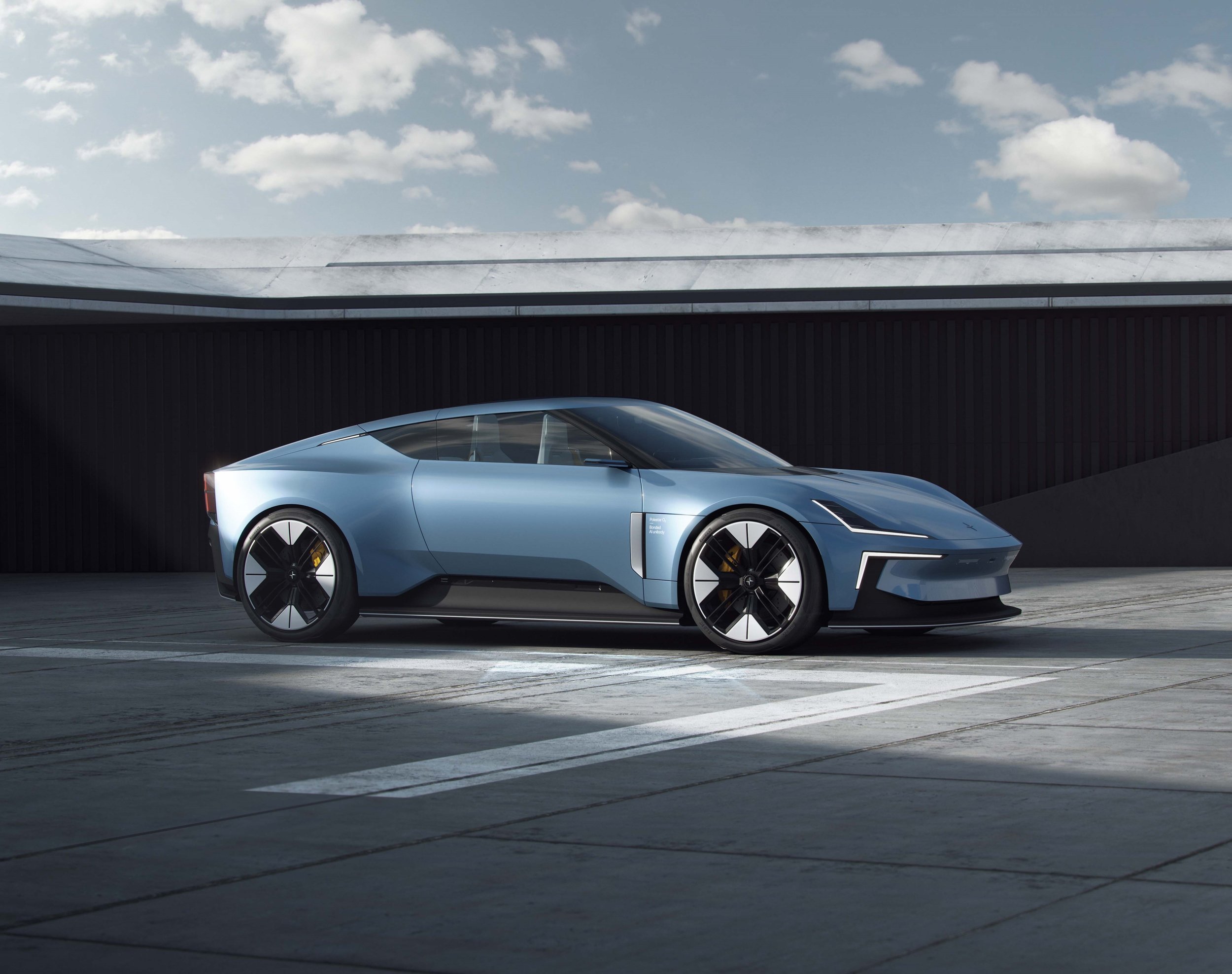Keeping Up Appearances
A little-known ‘80s German GT suggests that appearances can indeed be deceiving - and might be of increasing importance in the future.
Welcome, leave your prejudices outside and enjoy! (photo © DFT)
A rare, Opel-based Gran Turismo that looks like a loving homage to Pininfarina design of the late ‘70s may provide a peek into the future of luxury cars.
For what one is dealing with here is a piece of solid, unremarkable engineering clad in fancy clothes. Instead of a capricious V12 of thoroughbred Modenese bloodline, this coupé is powered by a humble straight six engine from Rüsselsheim. Rather than the melodious likes of Ferrari or Lamborghini, it goes by the name of Bitter.
Yes, there’s an Opel underneath (photo © DFT)
The Bitter SC was an Opel Senator-based GT, built during the 1980s on behalf of German racing-driver-turned-entrepreneur, Erich Bitter. Bitter believed his SC offered the best of both worlds: the elegant, head-turning looks and ambience of an Italianate Gran Turismo, coupled with the reliability and easy maintenance of a run-of-the-mill executive saloon. At a time when luxury car makers tended to be small, independent businesses run on shoe-string budgets - with the inevitably consequences to the reliability and convenience of their products -, the Bitter’s robust Opel components were considered at least as much of a boon as a bane. For what they lacked in mechanical intricacy and exotic flair, they certainly made up for in robustness.
Not just the engineering was German-American, but the Bitter’s styling was equally Opel-influenced, what with Erich Bitter’s ideas for an elegant, state-of-the-art GT having been translated into three-dimensional, production-feasible forms by Opel designer, Hideo Kodama. The rest of what turned an Opel Senator into a Bitter SC wasn’t Italianate, however, but unreservedly, truthfully Italian: bodies were built at Carrozzeria OCRA at first, than at Maggiora; seats and leather interiors were supplied by Salt of Grugliasco (which didn’t merely look like the ruched chairs fitted to Maserati’s Biturbo, but were identical).
If it looks and feels right, it probably is right. (photo © DFT)
To purists, the Bitter is an imposter. To the rest, it was and remains an interesting amalgamation of the mundane and the exotic, with a distinct charisma and charm of its own. Moreover, from today’s perspective, it provides a glimpse of what the future might hold in store for the luxury automobile. Given the inevitable convergence of engineering characteristics (in terms of refinement, we’ll all be driving about in V12-like bastions of smoothness in the not too distant future), factors like style, comfort and ambience will prove particularly crucial for determining the credibility of a luxury vehicle. The same factors, in fact, that made the difference between an Opel Senator and a Bitter SC.
In the high-end sector, electrification has so far mainly resulted in an absurd race for ridiculous acceleration figures. But outside this Sheikh Top Trumps realm, exquisiteness will be defined on the basis of more accessible factors - many of which can be evidenced in the Bitter, a car that certainly is no thoroughbred, but in possession of sufficient flair to create a true sense of occasion.
Skin-deep luxury (photo © DFT)
It’ll be interesting to see what eventually takes over from mechanical engineering as the perceived soul of a motor car. In the past, the Bitter’s Opel engine would inevitably prevent it from gaining proper pedigree. But in the future, it seems quite unlikely that drivers will determine any car’s superiority on the basis of its power plant - or that the installation of LG, rather than Samsung batteries will lend considerable pedigree. Maybe the amount of apps available and how these are integrated will be what matters above all else. Or maybe, just maybe, the car’s shape and its ambience - or rather: how the car is perceived by its owner and the public - will become even more important than they already are and have always been.
Don’t those plump, crumpled seats just look wonderfully inviting?















Car interior designer who created some of the most significant cabins of all time, most notably the Porsche 928’s